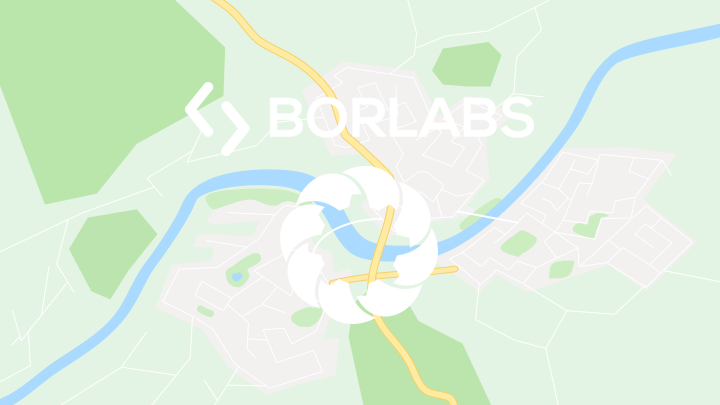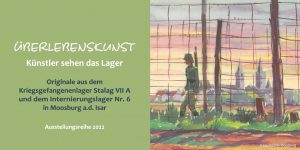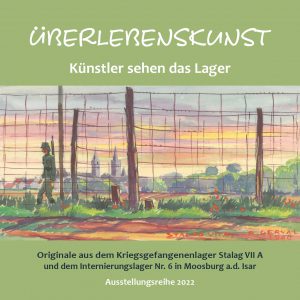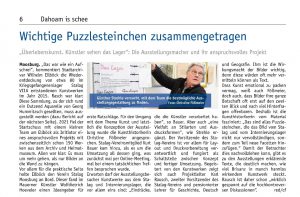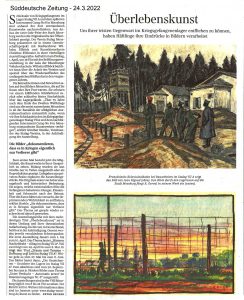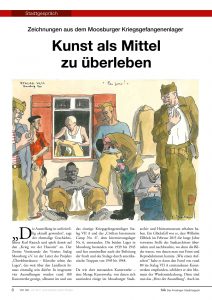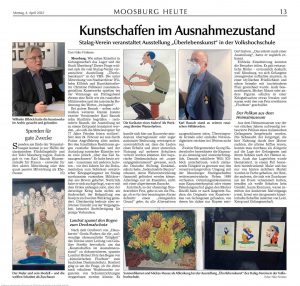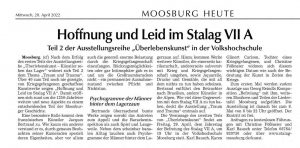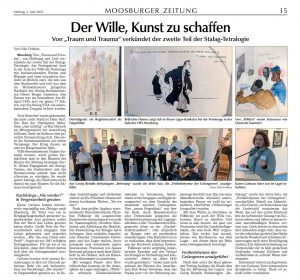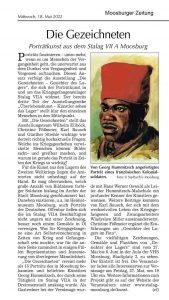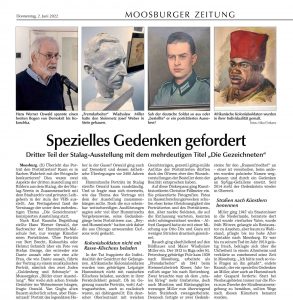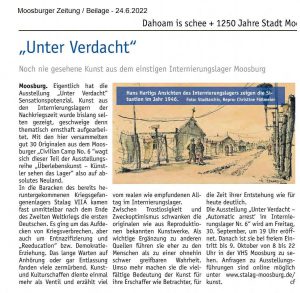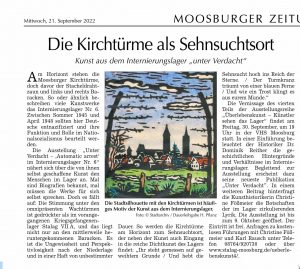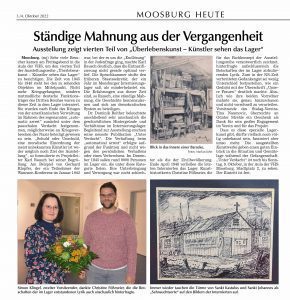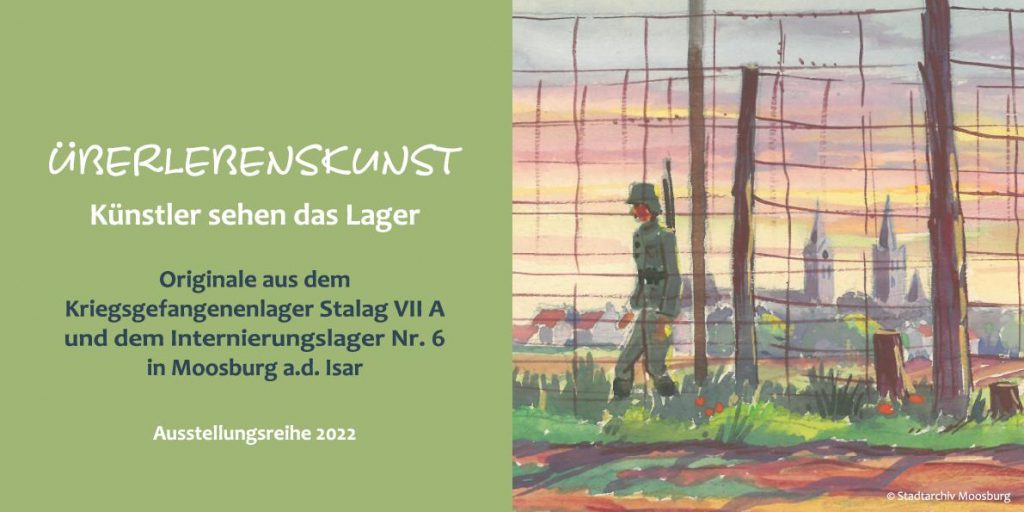
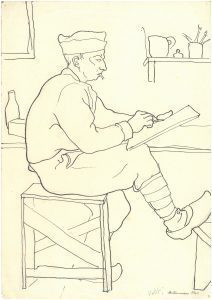
Volti
1. – 10. April 2022
Hinterm Stacheldraht
Alltag im Stalag VII A
One of the means of overcoming captivity during the war was the creation of art in the camps. In Moosburg, too, it is therefore as varied as it is interesting. The spectrum ranges from the documentation of the surroundings to the psychological study, from the quickly made sketch to the perfect oil painting. Laymen were just as involved as artists trained in their home countries. Ultimately, the artworks not only show the environment and everyday life of the prisoners of war, but also their profound fears and hardships.
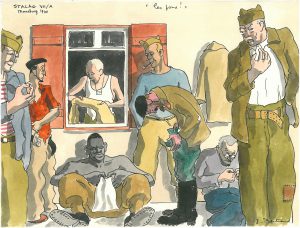
Jacques Bertrand, „les poux“ (die Läuse)
29. April – 8. Mai 2022
Traum und Trauma
Hoffnung und Leid im Stalag VII A
The experience of being a prisoner of war had a traumatic effect on many. Jacques Bertrand, in particular, aptly captured the suffering of his comrades, from lining up to be counted, to the distribution of food as a beat in the monotonous daily routine, to the eagerly awaited letters and gifts of love from home. There were no possibilities for retreat or even privacy in and around the vast barracks - a permanent state of exception that could ultimately only be overcome with a great deal of distraction.
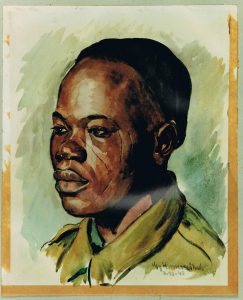
Georg Hummitzsch
27. Mai – 6. Juni 2022
Die Gezeichneten
Gesichter des Lagers im Stalag VII A
A mirror to the soul, or at least an approach to other people, are the many portraits created in Stalag VII A. Here, the portraits of the colonial soldiers stand out, also due to their number. German guards and their relatives can be found as well as Soviet prisoners of war.
Although latent racism may have been resonant in some portraits, for those portrayed, the artwork represented a kind of self-assurance in the uncertainty of war: "I am drawn, therefore I am."
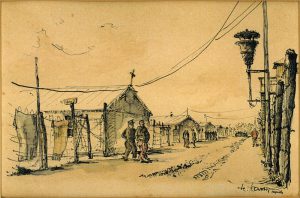
Hartig, Internierungslager
30. September – 9. Oktober 2022
Unter Verdacht
„Automatic arrest“ im Internierungslager Nr. 6
Almost immediately after the end of the Second World War, the first Germans came to the already run-down camp of Stalag VII A for denazification. They too were looking for employment opportunities and again found them in art.
The camp views range between desolation and purposeful optimism. In the surviving portraits, we encounter serious-looking people who seem to question their fate.
© Repros aller Kunstwerke: Stadtarchiv Moosburg


